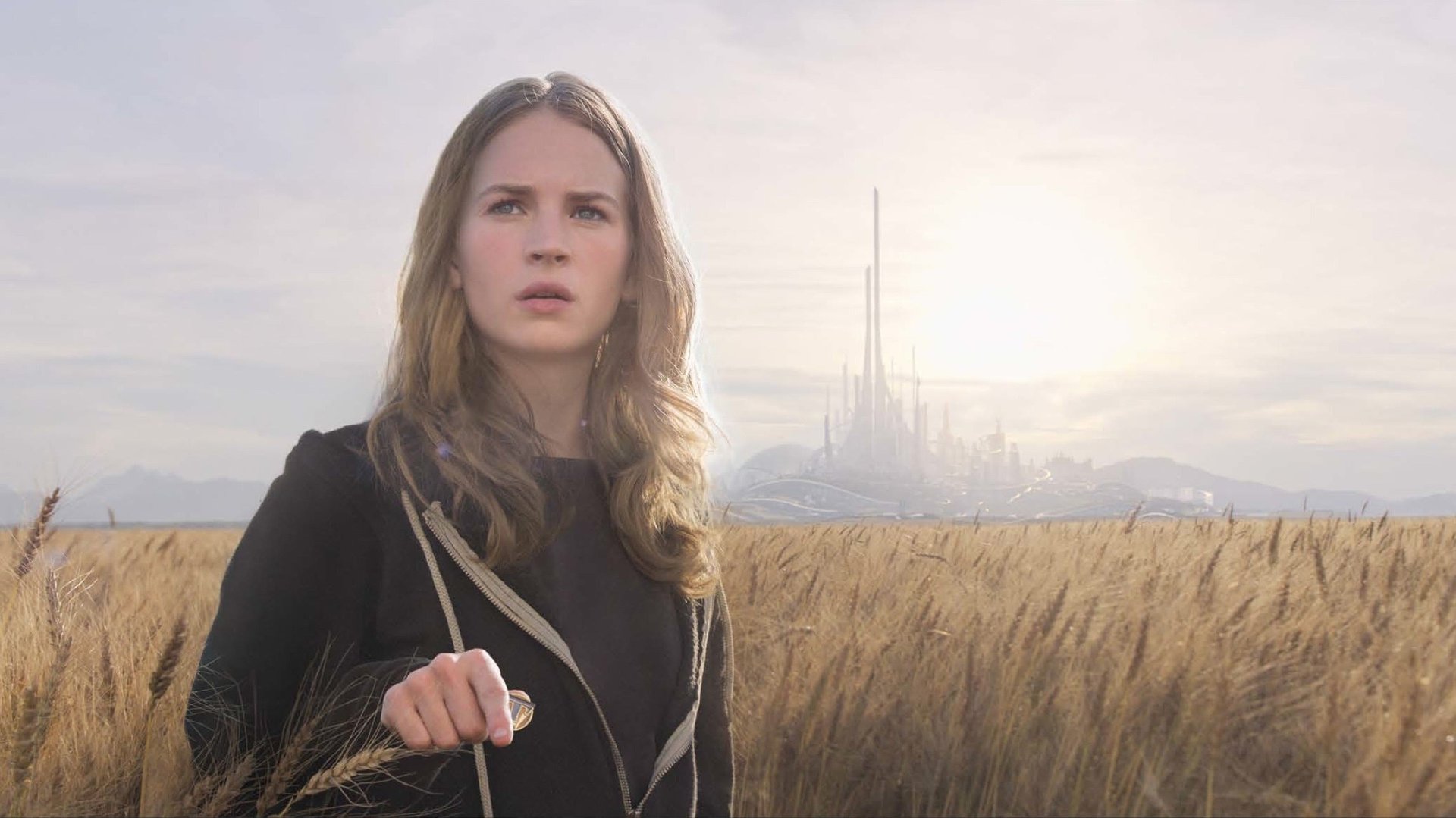Maker culture has infiltrated Hollywood—but where are the girls?
Brad Bird’s new film Tomorrowland is the latest in a string of kids movies with a message about making. In the movie, Frank Walker creates a jetpack out of a vacuum cleaner, and brings it to the 1964 World’s Fair. Asked what purpose it serves, he says it is for fun, a product by and for dreamers and not (spoiler alert) for the dystopia that the movie’s United States will become.


Brad Bird’s new film Tomorrowland is the latest in a string of kids movies with a message about making. In the movie, Frank Walker creates a jetpack out of a vacuum cleaner, and brings it to the 1964 World’s Fair. Asked what purpose it serves, he says it is for fun, a product by and for dreamers and not (spoiler alert) for the dystopia that the movie’s United States will become.
The garage-inventor mythos that still fuels Silicon Valley becomes in Tomorrowland a battle between the haves and have-nots of imagination, with Albert Einstein (in the form of a Pinterest-style inspirational quote) on hand as patron saint. Frank’s ostensible protégée is, unusually, a girl, the gender-neutrally named Casey who asks (of the planet) “Can we fix it?”
But then she doesn’t get to make a jetpack. She only gets to admire.
Maker culture has infiltrated children’s entertainment, with plots wrapped around heroes who forge, stitch and 3-D print their way out of trouble. Problem is, these creative heroes are still, typically, boys. Buy all the pink Lego you want; we never see Casey at her own circuit board.
When girls make things in kids movies, it’s usually magic: fairy godmothers in Cinderella, Chagall-inspired dream paintings in Tangled, frozen fractal ice palaces in Frozen. In Brave, where red-haired Merida slashes a tapestry made by her mother—identified with women’s work of being a proper princess—and it becomes a metaphor for the broken nature of their relationship. While both tapestry and mother-daughter bond are ultimately repaired, there’s little sense of creativity in the depiction of taking up her mother’s craft. More in keeping might be her mother teaching her how to bend and string her own bow to replace the one the queen threw into the fire. In the exquisite Secret of Kells, the only female in a speaking role is forest spirit Aisling, who helps the curious and adventurous Brendan find the “Eye” of inspiration that allows him to become an illuminator. His talent plus her magic preserve Irish civilization, in the form of the illustrated book.
There is Edna Mode in The Incredibles, but she’s not the one who gets to learn and grow, and she’s hardly a figure with whom most children identify. Bird, director of Tomorrowland and The Incredibles, got it closest to right with Colette in Ratatouille, a talented sous-chef fighting sexism in the kitchen–even if she’s upstaged by a rat.
It’s terrific that children’s movies are selling creation fantasies alongside the violent, apocalyptic ones—the not-so-subtle subtext of Tomorrowland. But where are our female makers? Even in the perverted Cinderella moments of The Hunger Games, Katniss’s clothes and weapons are provided by others, the twittering birds and clever mice of the Capitol.
Filmmakers now do willingly make girls into action heroines. But what about the female brain rather than the body? Two of the six members of the team in last fall’s hit Big Hero 6 are women and scientists. But even then it takes the male protagonist Hiro to make them into superheroes outside of the lab and on the streets.
Today’s princess may be a woman of action, but we still aren’t seeing her invent a new reality: inking her own story, welding her own wand, stitching the saddles for her own dragon.